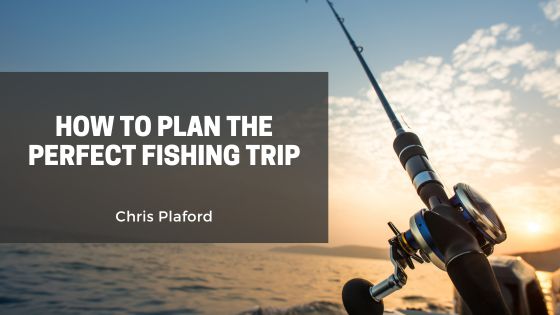Planning the perfect fishing trip requires a balance of preparation, research, and flexibility. Whether you’re an experienced angler or a beginner, a well-thought-out plan can turn a simple day of fishing into a memorable adventure. Here’s how to ensure that your next fishing trip is a success.
1. Choose the Right Location
The foundation of a great fishing trip begins with selecting the correct location. Consider the type of fish you want to catch, research the best locations for the season and target species you’re interested in.
If you’re unfamiliar with the area, consulting local fishing guides or websites is a good idea. Many online resources provide information on fish populations, regulations, and even the best spots.
2. Check Local Regulations
Before you set off, it’s crucial to familiarize yourself with the local fishing regulations. Each area has specific rules regarding fishing licenses, catch limits, and protected species. You can usually obtain a fishing license online or at local tackle shops. Make sure to review the guidelines to avoid any fines or legal issues.
Pay attention to restrictions on bait types, gear, or areas off-limits for fishing. Knowing the rules will keep you compliant and help conserve fish populations for future anglers.
3. Pick the Right Gear
Your fishing gear should be tailored to the type of fishing you plan to do. Be sure to bring appropriate rods, reels, and tackle, depending on your target species.
If you’re traveling far or fishing in remote locations, packing the right equipment can make all the difference. Bring extra lines, hooks, lures, and any other accessories you may need in case of breakage or loss. Polarized sunglasses can help reduce glare on the water, allowing you to spot fish more efficiently, and waterproof gear is essential in case of rain.
4. Plan for the Weather
Weather can make or break a fishing trip. Check the weather forecast for the day of your trip, and plan accordingly. Fishing in the rain can be a fun adventure, but extreme weather conditions like thunderstorms or heavy winds can be dangerous.
The time of year will also affect the fish’s behavior. Many species are more active during certain seasons, so understanding how weather patterns affect your target fish is crucial. Overcast days often yield better results, as fish are more likely to swim near the surface when it’s cloudy.
5. Pack Essentials for Comfort
While fishing is often about the thrill of the catch, comfort plays a huge role in the overall experience. Pack sunscreen, insect repellent, and plenty of water to stay hydrated. If you’re going on an all-day trip, pack snacks and meals to keep your energy levels up.
Consider bringing a first aid kit, a multi-tool, and extra clothing layers in case of temperature changes. If you’re on a boat, make sure life jackets are on hand. For shore fishing, folding chairs or a cooler to sit on can add a layer of comfort to your outing.
6. Get Familiar with Fishing Techniques
Every type of fish responds differently to various fishing techniques, so understanding the best approach for your target species is critical. Familiarize yourself with different baits, and experiment with live bait versus artificial lures.
Research the habits of the fish you’re after, such as feeding times and preferred depths. Many anglers succeed in the early morning or late afternoon when fish are more active.
Conclusion
Planning the perfect fishing trip involves preparation, research, and adaptability. From choosing the right location to packing the proper gear and checking the weather, every detail ensures a successful and enjoyable experience. By planning, you’ll maximize your chances of landing a great catch and creating lasting memories on the water.
